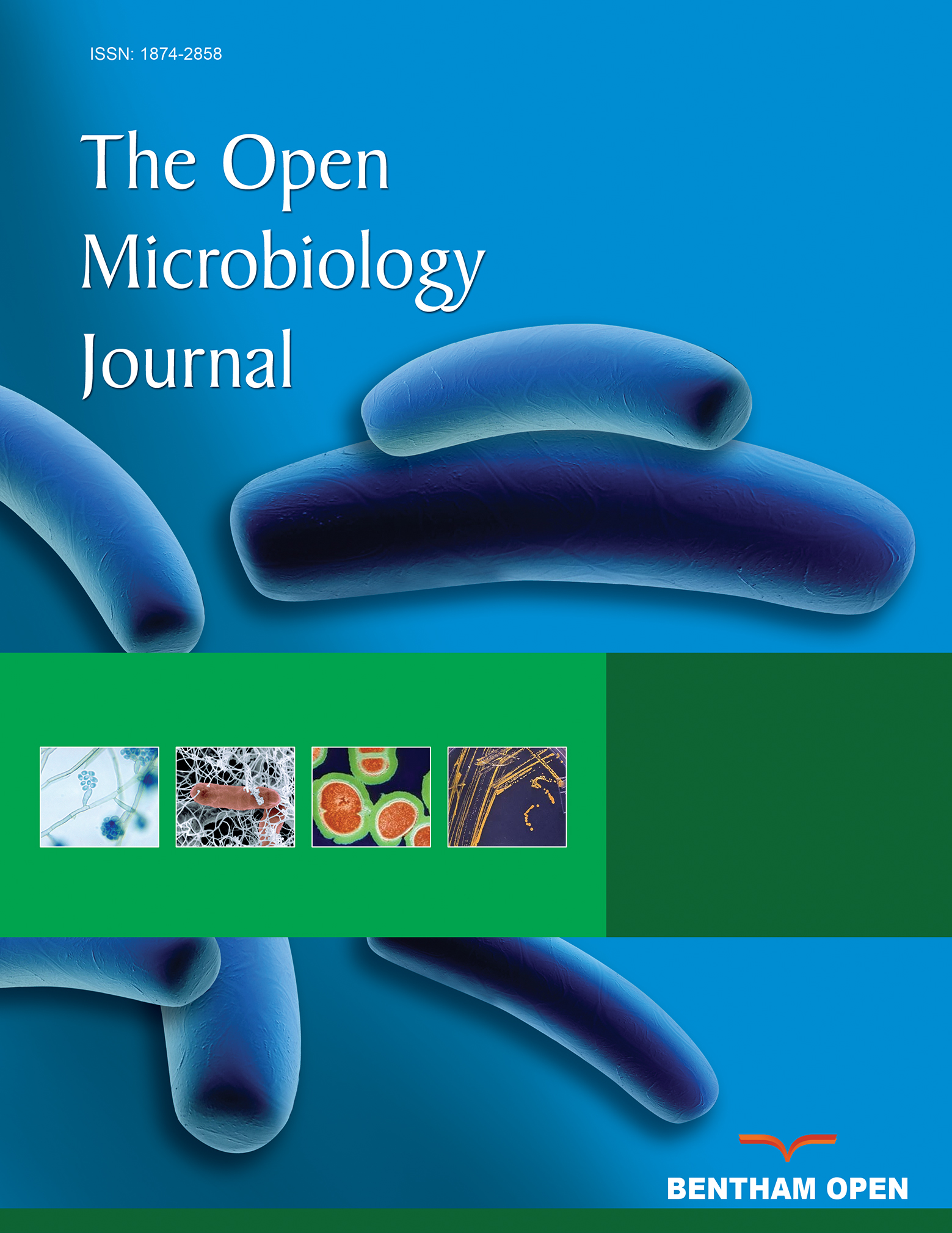All published articles of this journal are available on ScienceDirect.
In Silico Design of a Chimeric Protein Containing Antigenic Fragments of Helicobacter Pylori; A Bioinformatic Approach
REVISED VERSION NOVEMBER 2017
The following list provides a description of the changes made to the publication since the original version of the article entitled “In Silico Design of a Chimeric Protein Containing Antigenic Fragments of Helicobacter pylori; A Bioinformatic Approach” was published online in May 2016.
PAGE 97:
PAGE 98:
In the paragraph 4, the following text appears:
“Urease B has been widely investigated as a potential antigen for the development of prophylactic and therapeutic vaccines against H. pylori infection [32, 33]. UreB(327-334) is considered as a good B cell epitope and has been found to be protective in mice [34, 35]”
PAGE 100:
PAGE 102:
In the Paragraph 3, the Following Text Appears:
“The secondary structure of the chimeric protein was predicted by several online programs, and the best result was achieved by GOR-IV as shown in Fig. (4). Results indicated total residues of 785 which were made up 140 strands (17.83%), 299 helices (38.09%) and 346 random coils (44.08%). No predicted signal peptide was identified in the initial region of the protein sequence.”
This Should be:
“The secondary structure of the chimeric protein was predicted by several online programs, and the best result was achieved by GOR-IV as shown in Fig. (4). Results indicated total residues of 790 which were made up 140 strands (17.72%), 299 helices (37.85%) and 351 random coils (44.43%). No predicted signal peptide was identified in the initial region of the protein sequence.”


